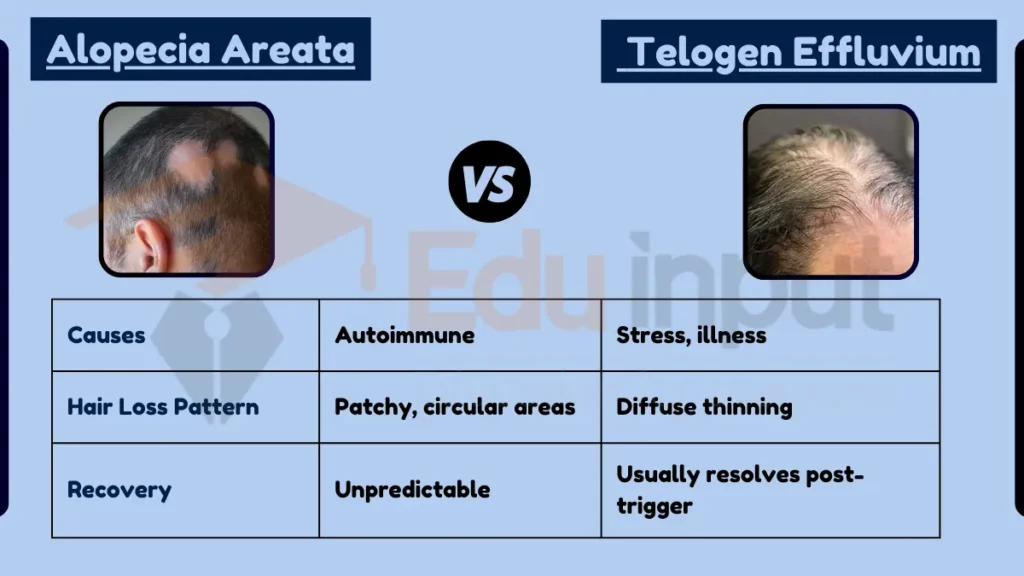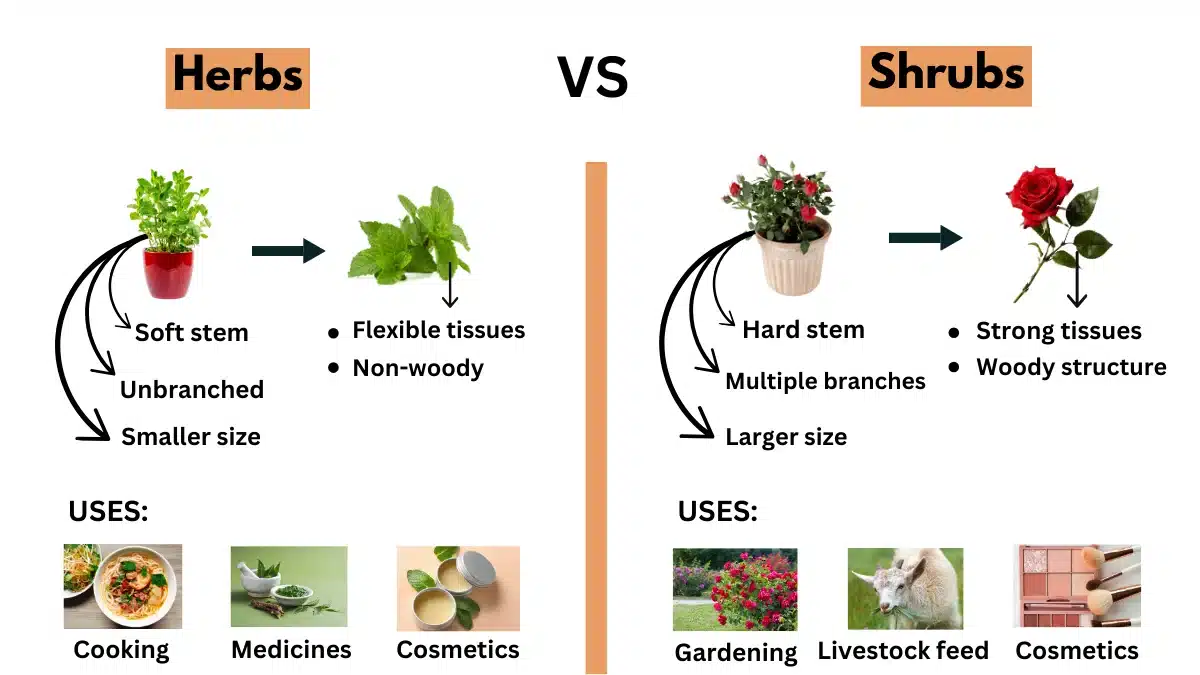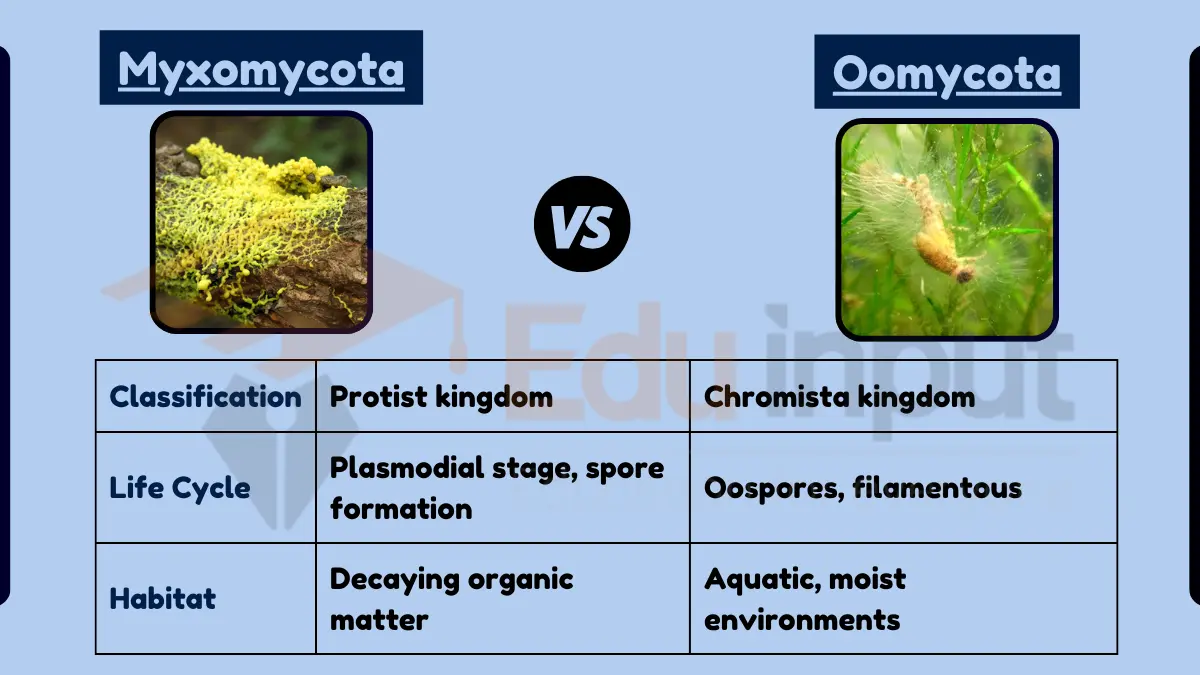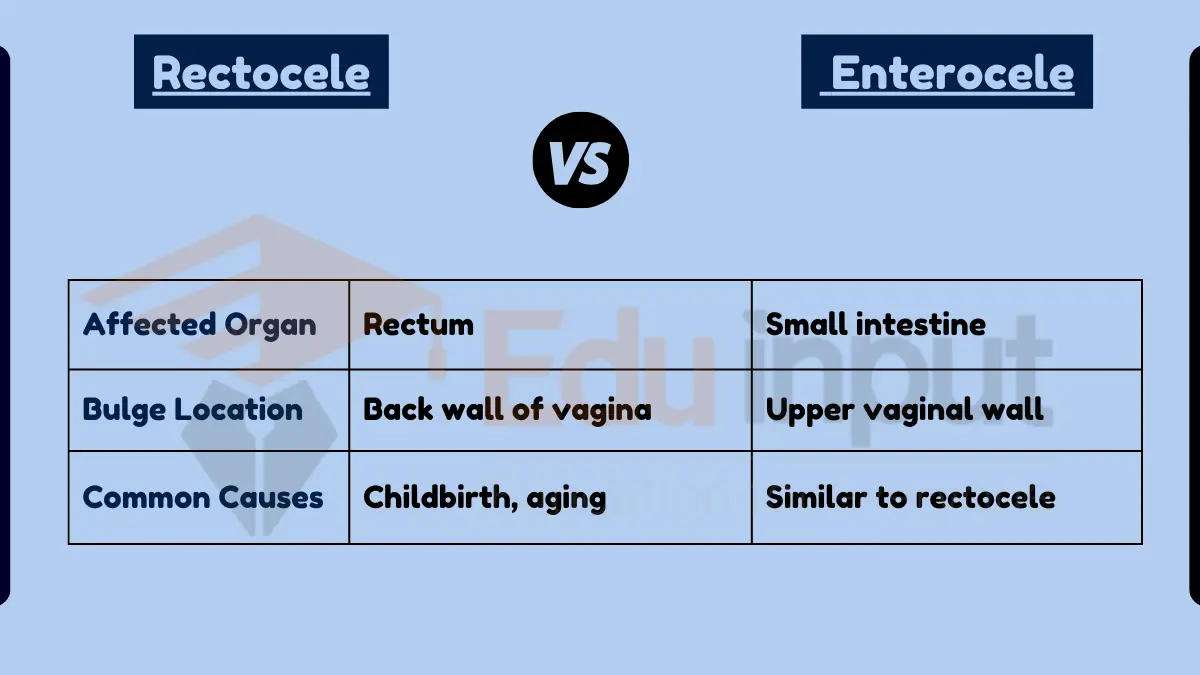What is the Difference Between Alopecia Areata and Telogen Effluvium?
Key Difference
Alopecia Areata and Telogen Effluvium are both hair loss conditions, but they differ in causes, patterns, and recovery. Alopecia Areata is an autoimmune disorder causing patchy hair loss, often in circular areas on the scalp. Telogen Effluvium is typically a response to stress, illness, or hormonal changes, resulting in diffuse thinning of hair across the scalp. Recovery in Alopecia Areata can be unpredictable, while hair usually regrows within months after the triggering event in Telogen Effluvium.

Comparative Analysis
- Causes:
- Alopecia Areata: Autoimmune response.
- Telogen Effluvium: Stress, illness, hormonal changes.
- Pattern of Hair Loss:
- Alopecia Areata: Patchy, circular bald spots.
- Telogen Effluvium: General thinning across the scalp.
- Recovery and Treatment:
- Alopecia Areata: Unpredictable, may involve immune-modifying treatments.
- Telogen Effluvium: Often resolves after addressing the underlying cause.
Table Summary of Alopecia areata and Telogen Effluvium
| Feature | Alopecia Areata | Telogen Effluvium |
|---|---|---|
| Causes | Autoimmune | Stress, illness |
| Hair Loss Pattern | Patchy, circular areas | Diffuse thinning |
| Recovery | Unpredictable | Usually resolves post-trigger |
Understanding the differences in causes, patterns, and recovery between Alopecia Areata and Telogen Effluvium is important for diagnosis and treatment.







Leave a Reply